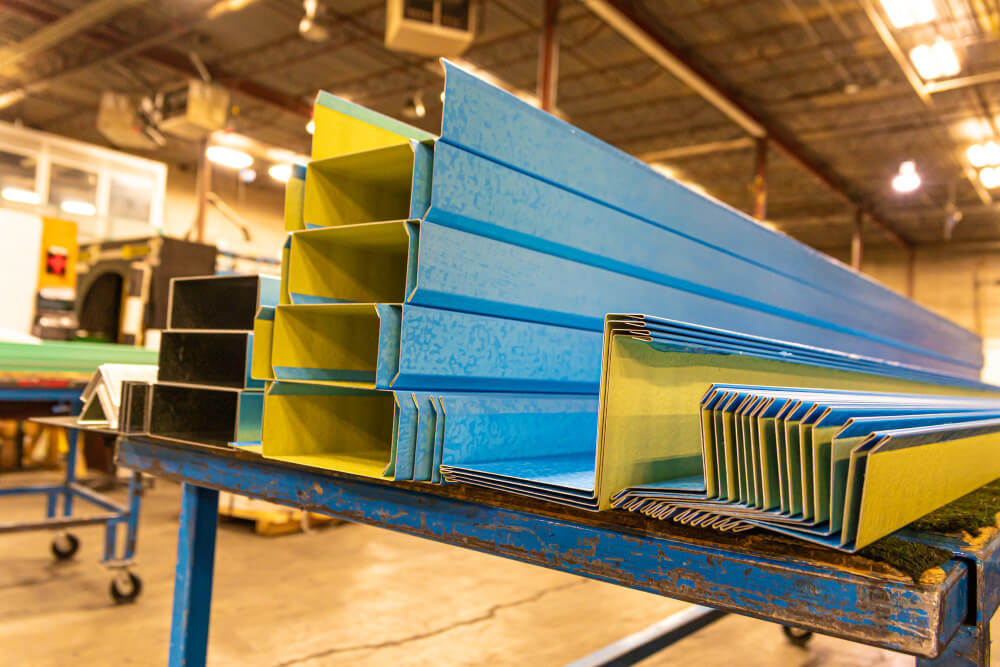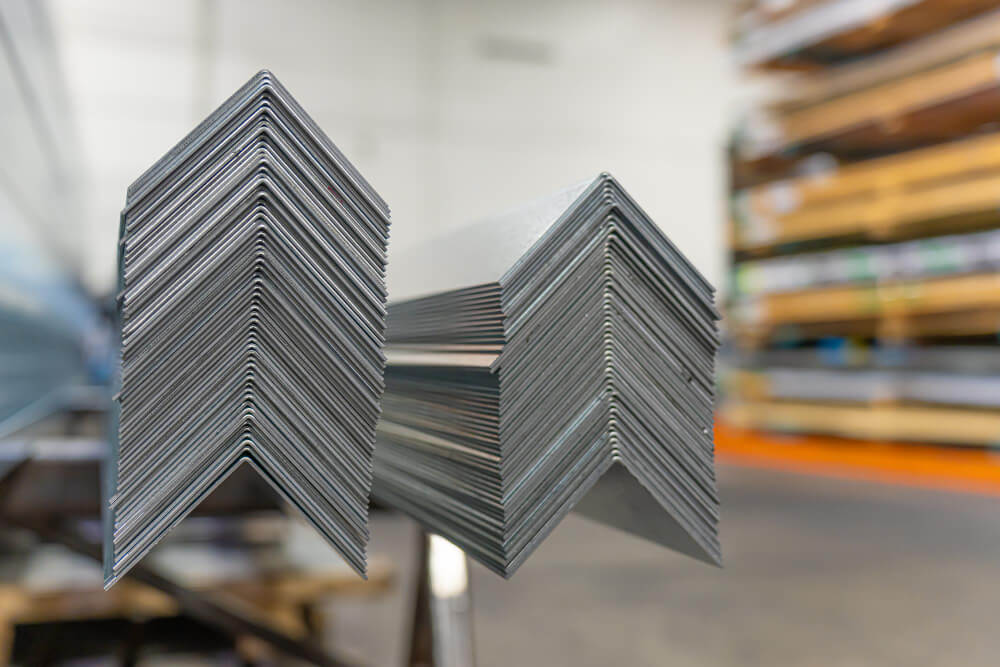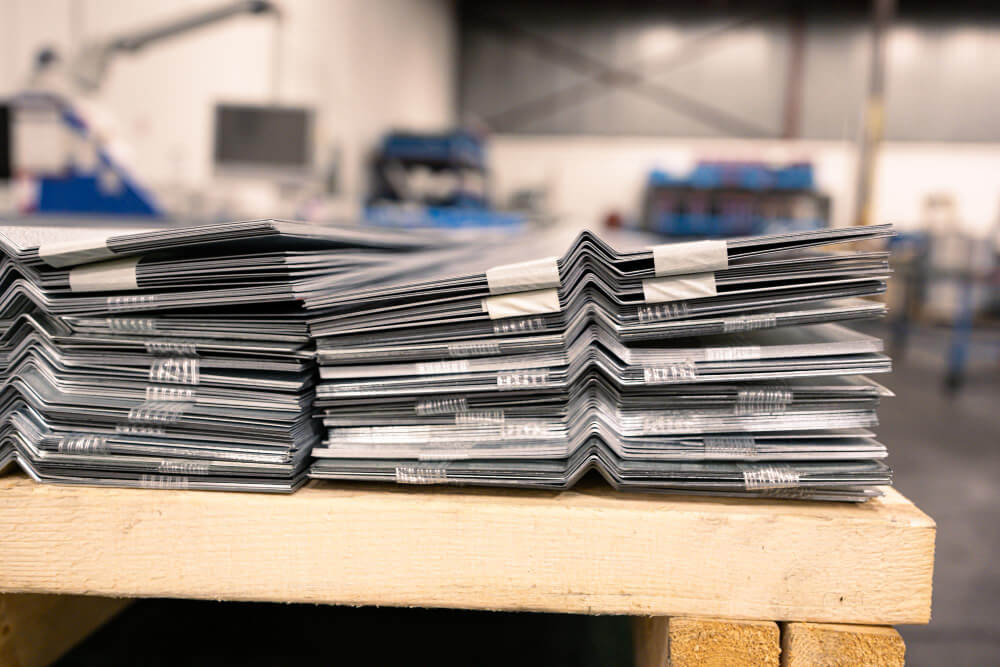
What is steel flashing used for?
When it comes to building materials, steel flashing is an essential component that plays a vital role in protecting and maintaining the integrity of a structure. While it may not be the most glamorous element of construction, it serves a crucial purpose. In this article, we will explore the many applications and benefits of steel flashing, shedding light on why it is a valuable asset in the world of construction.
What is Steel Flashing?
As a foundational component of construction, steel flashing is a thin, durable sheet made from galvanized steel or aluminum. Its primary function is to provide a barrier against water, preventing leaks and protecting vulnerable areas of a building from moisture damage. Steel flashing is commonly used in areas where two different building materials meet, such as roof valleys, chimneys, skylights, and windows.

Steel Flashing Uses
Protecting Against Water Intrusion
One of the main purposes of steel flashing is to safeguard buildings against water intrusion. It acts as a shield, directing water away from vulnerable areas and preventing it from seeping into the structure. By properly installing steel flashing, construction professionals can mitigate the risk of water damage, which can lead to costly repairs and compromise the stability of a building over time.
Keeping Your Roof Leak-Free
Roof flashing is a crucial application of steel flashing. It is installed at various vulnerable points on a roof, such as roof valleys, roof-to-wall intersections, and chimneys. The primary objective of roof flashing is to ensure that water does not penetrate these areas and cause leaks. By creating a watertight barrier, roof flashing protects the underlying structure and preserves the overall integrity of the roof.
Window and Door Flashing
In addition to its role in protecting roofs, steel flashing is also used around windows and doors. Window and door flashing helps prevent water from seeping in through gaps and cracks, ensuring that the interior remains dry and comfortable. By acting as a barrier against moisture intrusion, steel flashing safeguards against potential water damage, mold growth, and energy loss.
Keeping the Fire In and the Water Out
Chimneys are particularly vulnerable to water damage due to their exposure to the elements. Steel flashing is used around chimneys to create a watertight seal between the chimney and the roof. This prevents water from entering the building through gaps between the chimney and the surrounding materials. By using steel flashing, homeowners can enjoy a secure and leak-free chimney system.
Protecting Transitions
Step flashing is another critical application of steel flashing. It is used where a sloped roof meets a vertical wall, such as in dormers and roof-to-wall transitions. Step flashing ensures that water is diverted away from these vulnerable areas, preventing leaks and potential damage. Its unique design allows for efficient water shedding, making it an essential element in any construction project.
Benefits of Steel Flashing

Aside from its protective properties, steel flashing offers various benefits that make it an excellent choice for construction projects:
Durability and Longevity
Steel flashing is highly durable and built to withstand harsh weather conditions, such as heavy rain, snow, and strong winds. It does not rot or decay over time, making it a long-lasting solution that provides reliable protection for years to come.
Versatility
Steel flashing is available in different sizes and shapes, allowing it to be customized to fit specific areas and meet the unique needs of each construction project. It can be easily bent, molded, or cut to match the required dimensions, making it versatile and adaptable.
Cost-Effectiveness
Compared to other materials used for flashing, such as copper or lead, steel flashing offers a more budget-friendly option without compromising on quality. It provides excellent value for money, making it a popular choice among builders and contractors.
Low Maintenance
Once installed, steel flashing requires minimal maintenance. It is resistant to corrosion and does not require frequent inspections or repairs, reducing the overall maintenance costs associated with a building.
Steel flashing is an indispensable component in the world of construction. Its ability to protect against water intrusion and maintain the structural integrity of a building makes it an invaluable asset. From roofs to windows, doors to chimneys, steel flashing serves as a reliable barrier against moisture, ensuring the longevity and durability of structures. By understanding the importance and applications of steel flashing, homeowners and construction professionals can make informed decisions to safeguard their investments.
Incorporating steel flashing into construction projects is a wise choice that contributes to the overall strength and resilience of a building.


